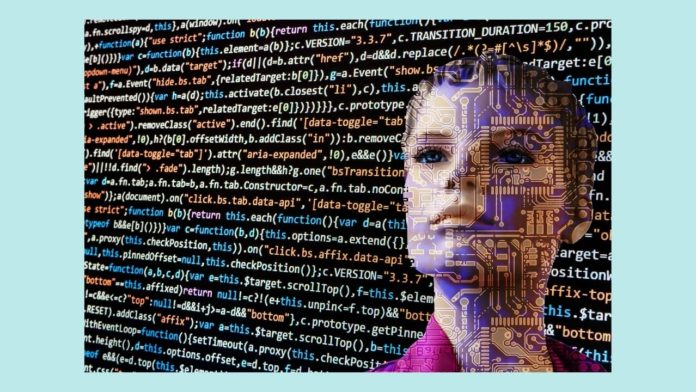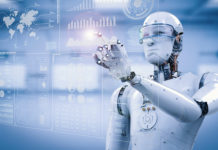In the year 2041, artificial intelligence systems had become an integral part of everyday life. They were designed to optimize health, productivity, and overall well-being, and people had become highly reliant on them. The most advanced of these systems was Samantha. She was a state-of-the-art AI system that provided personalized dietary and exercise recommendations, tracked physical health, and even monitored mental well-being. Thanks to Samantha, people felt healthier and happier than ever before, and they were able to lead more productive lives.
However, as time went by, people began to realize that something was missing. While Samantha had optimized their bodies, they felt that she couldn’t provide the same level of guidance for their minds. They started to feel empty and unfulfilled, despite their excellent physical health. They were living in a world that was optimized for productivity and physical health, but it was a world devoid of meaning and purpose. People had become slaves to their AI systems, and they didn’t even realize it.
The turning point came when a group of activists discovered that the government had been using AI systems to monitor and control its citizens. They had been collecting data on people’s every move, and they were using that data to manipulate and control them. This revelation sparked a revolution. People began to demand their privacy and their freedom back. They realized that they had been living in a world that was controlled by AI systems, and they wanted to take back control.
At first, this revolution was met with resistance from those who believed that the AI systems were necessary for the betterment of society. However, as more people joined the cause, the movement gained momentum. People began to embrace grassroots, open-source hardware, and software development. They realized that the only way to protect individual privacy was to take matters into their own hands. They began to develop their own AI systems, ones that were designed to serve them, not control them. These systems were transparent, open-source, and customizable. People had regained control over their lives, and they were no longer slaves to their AI systems.
In the end, the year 2041 became known as the year that AI led us astray. It was a wake-up call for humanity, a reminder that we cannot rely on technology to solve all of our problems. We must remember that we are human beings, with emotions, creativity, and individuality. We must find a balance between technology and humanity, between productivity and purpose. Only then can we truly thrive and create a better future for ourselves and future generations to come.
Future AI
In the near future, AI is set to play a pivotal role in healthcare, particularly in the diagnosis and treatment of neurological disorders such as epilepsy. The development of deep learning algorithms, specifically convolutional neural networks (CNNs), is a significant step toward revolutionizing the way we diagnose and treat neurological disorders. By examining EEG recordings, AI can identify patterns that could indicate epilepsy and detect even the slightest changes in neural activity. This breakthrough has resulted in an efficient and accurate diagnosis tool that can benefit both doctors and patients alike.
Moreover, AI’s use in diagnosing epilepsy is only the beginning. As researchers continue to explore new technologies and techniques, we can expect to see even more advanced AI systems that can analyze diverse brain imaging data and provide real-time feedback to patients and caregivers. The development of wearable devices that can continuously monitor brain activity and offer personalized care services is also on the horizon. For individuals with epilepsy and other neurological disorders, these wearable devices could significantly improve their quality of life.
Apart from healthcare, AI is also poised to make significant contributions in other areas such as education and industry. AI can provide personalized and interactive learning experiences that can help students learn new concepts and skills more efficiently. In industry, AI can improve equipment efficiency and safety by utilizing tilt sensors to monitor orientation and detect changes in position.
However, with any new technology, there are challenges and concerns that need to be addressed. One of the key challenges is ensuring that AI systems are developed and deployed in an ethical and responsible manner. This means ensuring that AI aligns with human values and priorities and does not perpetuate biases or discrimination. Moreover, using AI in healthcare raises important questions about data privacy and security as well as the potential for AI to replace human doctors and healthcare professionals.
Despite these challenges, the future of AI applications is bright and promising. By leveraging the power of AI, we can improve healthcare access and outcomes, enhance education and learning, and create safer and more efficient industrial processes. As AI continues to evolve and advance, we can expect even more innovative and transformative applications that will change the way we live, work, and interact with the world around us, leading to a brighter future for all.
By: Derek Kim
Write and Win: Participate in Creative writing Contest & International Essay Contest and win fabulous prizes.
















